Innovative Software Testing Strategies for Modern Development
Written on
Chapter 1: Evolution of Software Testing Strategies
As software development has progressed, the methods employed for software testing have also advanced. The automation of tests has emerged as a crucial technique for development teams, enabling them to swiftly identify and rectify issues. This practice supports an agile development environment, allowing teams to deliver their products consistently and confidently. Various testing methodologies and strategies have been established over the years to guarantee that production code remains reliable and maintainable, regardless of the underlying software architecture. In this article, we will explore four prominent testing strategies: The Testing Pyramid, The DevOps Hourglass, The Testing Honeycomb, and The Trophy.
Section 1.1: The Testing Pyramid
The Testing Pyramid is one of the oldest and most recognized testing strategies. It was initially introduced by Mike Cohn in his book "Succeeding with Agile." This framework comprises three primary layers of tests: Unit Tests, Service Tests, and User Interface Tests.
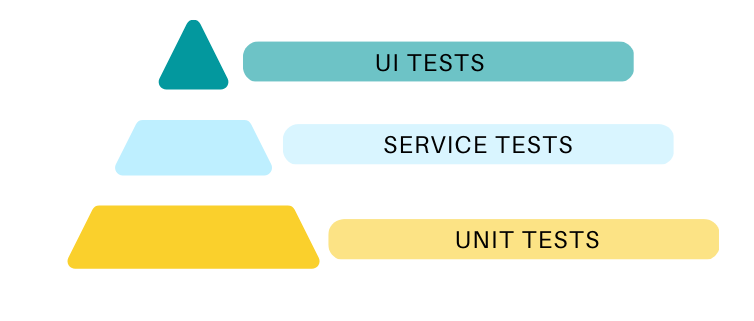
Unit Tests are the most cost-effective and quickest to execute. A unit refers to a small, self-contained segment of code, such as a function, class, or method within a class. The aim of a unit test is to confirm that this specific unit functions as intended by the developer and should constitute the majority of the tests in the overall test suite. Service Tests assess the communication pathways and interactions between different components and are expected to be fewer in number compared to Unit Tests. Meanwhile, User Interface Tests verify that the system meets external requirements and achieves its intended goals. Automated user interface tests are positioned at the top of the test automation pyramid due to their necessity being minimized.
Over the years, additional layers have been incorporated into the Testing Pyramid, such as Integration Contract Tests, Component Tests, and End-to-End (E2E) Tests. Below is an updated version of the Testing Pyramid:
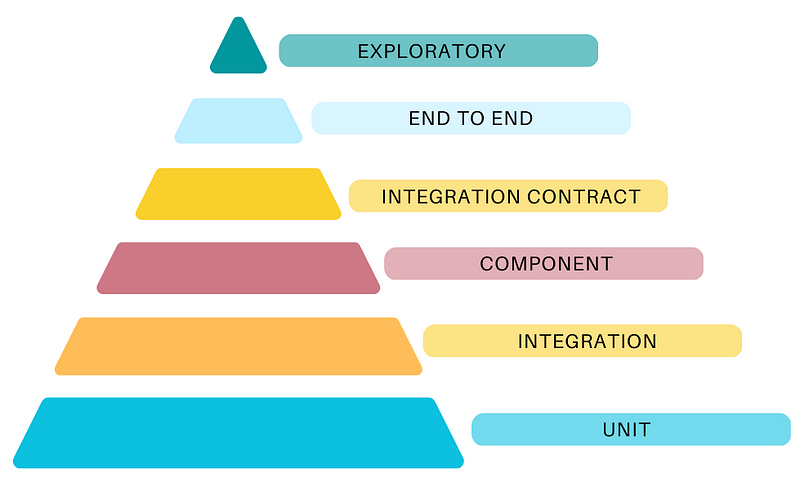
The Testing Pyramid provides a clear visualization of the number of tests that should be included in each category, as well as the distinctions among the various testing groups.
Section 1.2: The DevOps Hourglass
The DevOps Hourglass is a testing strategy that underscores the significance of monitoring applications. It is particularly suited for software systems that undergo frequent deployments in production environments. This methodology encompasses three fundamental components: Logging, Monitoring, and Alerting.
Logging involves recording data about events occurring within an application. Monitoring consists of establishing automated processes to oversee the health of your application and the servers that support it. Alerting is the mechanism for notifying relevant personnel so that immediate action can be taken in response to any issues.
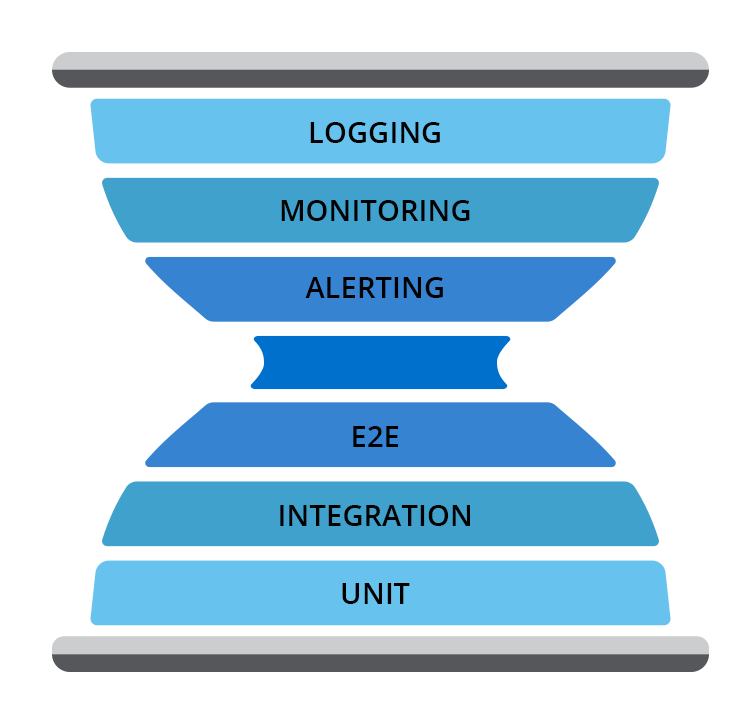
Chapter 2: The Testing Honeycomb and The Trophy
The Testing Honeycomb is a strategy introduced by Spotify in 2018, tailored for Microservices architectures. This approach focuses on the complexities not just within individual services, but also in their interactions with one another. The Testing Honeycomb consists of three types of tests: Integrated Tests, Integration Tests, and Implementation Detail Tests.
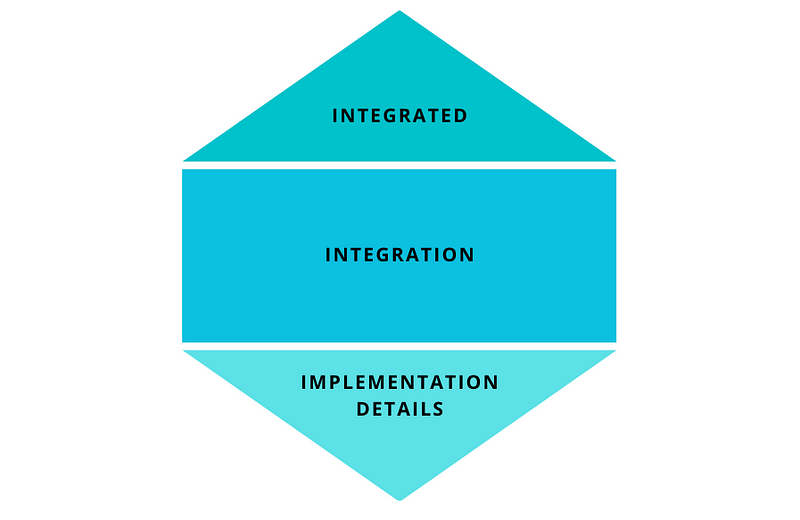
Integrated Tests are dependent on the correctness of another system; they will either pass or fail based on that relationship. Integration Tests verify the correctness of services in a more isolated manner, concentrating on interaction points explicitly. Implementation Detail Tests assess components of the code that are inherently isolated and exhibit their own internal complexity.
The Trophy model, proposed by Kent C. Dodds in 2018, posits that the main goal of testing is to establish confidence that your project is free from bugs. This model argues that striving for 100% code coverage is counterproductive, as the benefits of testing diminish once coverage exceeds 70%. It also suggests that moving up the Testing Pyramid enhances the confidence quotient of each testing form. While having some Unit Tests is beneficial for verifying isolated code segments, it is crucial to ensure that these units work cohesively. Integration tests provide a balance between confidence and efficiency.
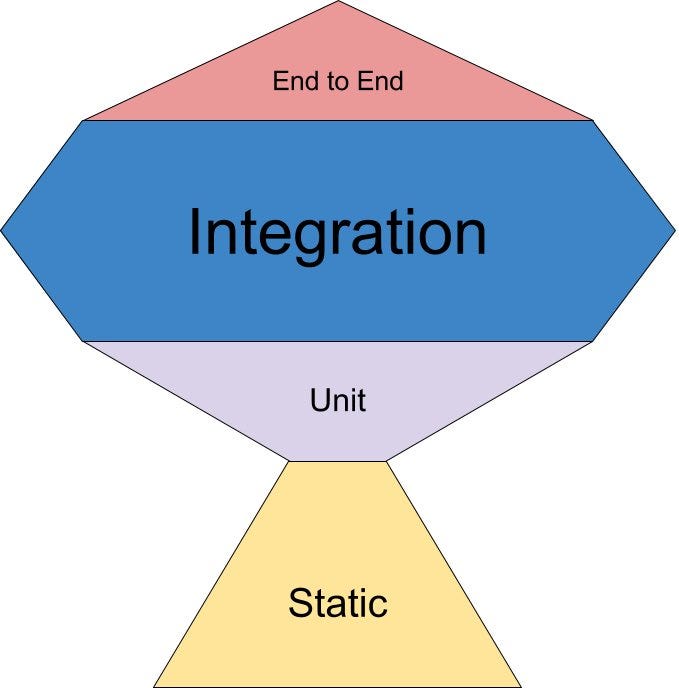
The first video titled "Software Testing Tutorial#39 - What is Test Strategy in Software Testing" provides an in-depth look at various testing strategies and their implementation in software development.
The second video, "What is Software Testing Strategy?" elaborates on the significance of selecting the right testing strategy to enhance software quality.
Conclusion
Automating tests can significantly shorten the feedback loop, enabling teams to detect bugs early and iterate more swiftly. It is important to recognize that testing is not a one-off task; rather, it is a continuous process that should be integrated into every phase of the software development lifecycle. By adopting an effective software testing strategy and adhering to it, you can refine your development process, conserve time and resources, and ultimately deliver superior software to your clients.